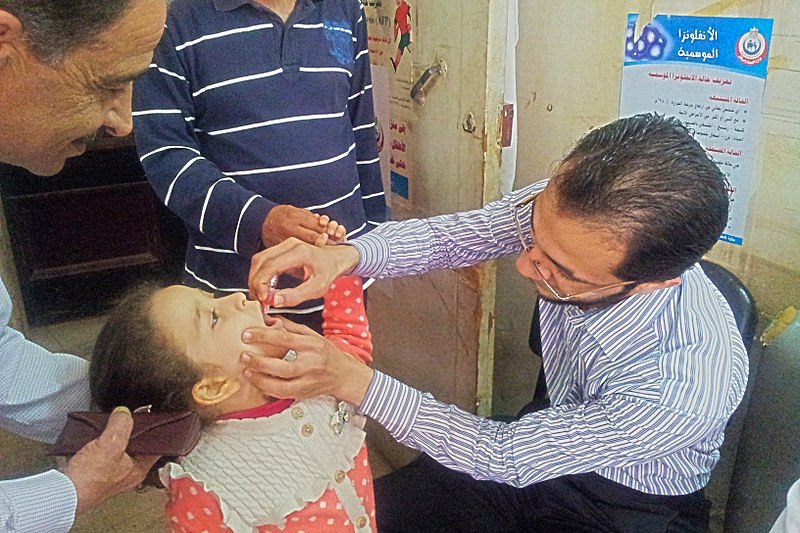
(CNN) – The next time you feel aches or soreness, you might consider skipping the pain reliever and reaching instead for an old photo.
Nostalgia — that sentimental feeling of longing for the past — can reduce pain perception, according to new research published in the journal JNeurosci.
Researchers at the Chinese Academy of Sciences and Liaoning Normal University asked study participants to rate their level of pain from heat stimulation while looking at pictures that were nostalgic — depicting old cartoons, childhood games or retro candy — compared with more modern pictures. During the tasks, an MRI machine also scanned the 34 participants.
Researchers found that observing pictures that triggered childhood memories was linked to participants reporting weaker feelings of pain.
“By managing their discomfort, rather than eliminating or reducing the (unpleasant) stimuli, people can use nostalgia to reframe their painful experiences,” Joe Yazhuo Kong, one of the study authors, said in an email.
“Nostalgia is a predominately positive emotion that people easily perceive in their lives,” said Kong, a research group leader at the Chinese Academy of Sciences’ Lab for Integrative NeuroImaging of Pain. “For instance, people can feel happy and peaceful when browsing their pictures grouped with family or friends.”
Previous studies have also demonstrated the psychological and emotional benefits of nostalgia. One study published in the journal Frontiers in Psychology showed that nostalgia — triggered by a writing task — decreased the perception of pain intensity among people suffering from chronic pain. Further research found that people had an increased pain tolerance following thoughts of nostalgia, according to Cathy Cox, an associate professor of psychology at Texas Christian University.
“It’s cool to find more and more research bridging the overlap between these psychological and emotional constructs that we’re studying, and these biological and behavioral responses,” said Cox, a psychologist with a focus on nostalgia. She was not affiliated with the study.
Given that it’s both rare and expensive to use MRI scans for psychology research, according to Cox, not much was known about the underlying biological mechanisms for those positive effects of nostalgia.
“During this process of nostalgia-induced pain relief, the thalamus plays a crucial role,” Kong told CNN.
The thalamus, often described as the relay station of the brain, is responsible for passing along sensory information and motor signals to the cerebral cortex. The new study showed that the thalamus integrates that “nostalgia information” and triggers a pain response that is more controlled. Viewing nostalgic photos also decreased activity in two pain-related areas of the brain.
It’s not just photos that can lead to positive responses due to nostalgia — music, movies, childhood toys or certain stories can also trigger these.
And it’s not just old photos that can lead to positive responses due to nostalgia — music, movies or certain stories can also trigger these. So can odors, such as perfume, or the taste of certain foods, such as candy from childhood or cookies that remind someone of home.
All these nostalgia triggers could prove to be useful in the future for providing cheap, easily accessible pain management tools to people.
Cox and Julie Swets, a doctoral candidate at Texas Christian University, are also working on research about how nostalgia can be used as a resource to manage conflict in romantic relationships and increase satisfaction between partners.
But Swets cautioned that using nostalgia for pain relief might not be a blanket solution for everyone. Previous studies highlight that nostalgia is a personal emotional experience that varies in terms of frequency and intensity.
“What nostalgia is is this feeling of connectedness with other people,” Swets said, noting that the cues in many studies are designed to make people think of good times with family and friends. “So, people who are a little more avoidant of intimacy with other people, or more likely to prefer distance over close relationships … those people don’t reap the same benefits of nostalgia.”
As with other positive psychology interventions, such as practicing mindfulness or gratitude, the impacts can depend on the person.
The researchers involved in the new JNeurosci study also have plans to use different age groups in future research and to look into the impacts of more personal nostalgic cues rather than generic nostalgia ones such as old music and movies.
“We expect a much stronger pain-relieving effect if participants observe personal scenarios, whatever visual or nonvisual cues,” Kong told CNN.




